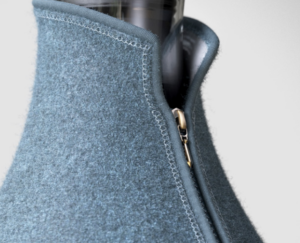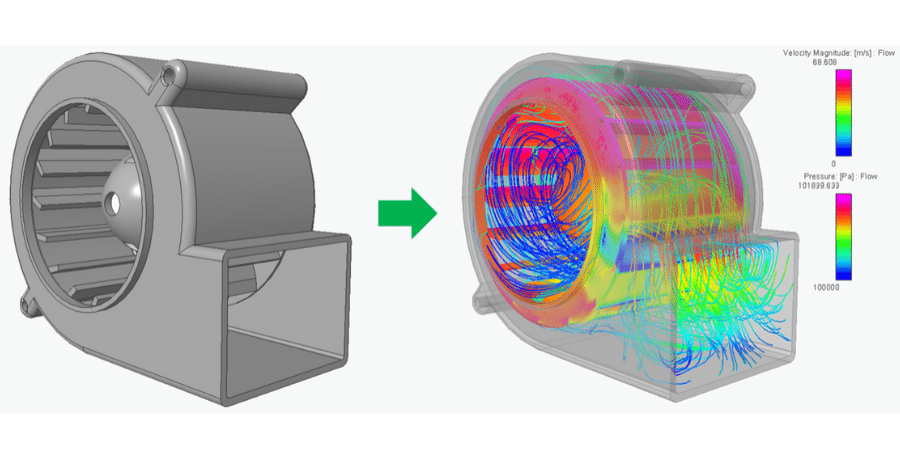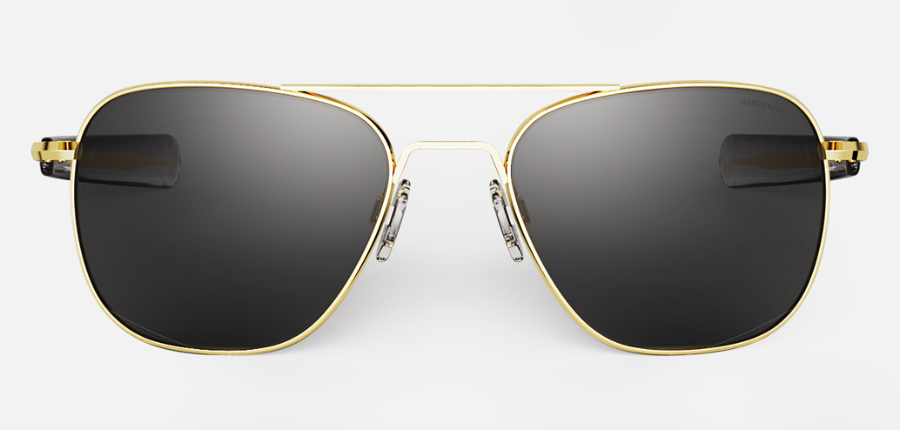In today’s fast-paced manufacturing world, it’s important to know what products look like and how they operate long before the physical prototyping phase to speed time to market and reduce costs. But seeing designs realistically means you need 3D rendering software.
It’s a crowded market so it’s hard to know which one is best for you, even if you limit your search to just market leaders. Market leaders, almost by definition, are good at the basics, so the right choice often comes down to a few key features and a lot of intangibles. To help you determine which solution is right for you we have completed another 3D rendering software comparison of KeyShot vs V-Ray.
The right 3D rendering software can help your design teams speed up time to market while reducing costs – so, you want the right solution to support your organization.
KeyShot vs V-Ray: Feature and Benefit Comparison
Speed and Performance
V-Ray offers an online benchmarking tool that provides visibility into the platform’s performance with different hardware configurations. In most cases, the results are fairly impressive. With correctly configured hardware, users would be unlikely to notice delays attributed to performance. However, V-Ray does not make specific hardware recommendations, and there are multiple threads in its user forum asking other users for guidance.
KeyShot does not require specialized hardware. It works on any Mac or PC right out of the box, even without a dedicated graphics card. It quickly and accurately renders images in real-time. This performance can be a huge cost saver for companies who can avoid upgrading to cutting-edge processors to replace existing hardware.
V-Ray provides insight into the best hardware configurations you can use it for, but ultimately, KeyShot can ensure high speed and performance without costly upgrades.
Ease of Use
V-Ray integrates with 3ds Max, MAYA, Cinema 4D, Modo, Nuke, Katana, Sketchup, Houdini, and several others, but it has a different product for each integration. The pricing varies by the product it’s integrating to, leading to the impression that the underlying product has more than just integration differences. The user interface is complex, with a series of dropdown menus.
KeyShot renders animations directly into 3D CAD files and supports a wide variety of file types and CAD systems, including PTC Creo, so integration and ease of use are more streamlined. Users can choose from hundreds of drag and drop material presets and see results in real-time.
KeyShot is easier to use because it doesn’t require complicated integrations – it simply renders animations directly into 3D CAD files.
Materials and Textures
 KeyShot’s Fuzz shader makes cloth and soft surfaces look so real you want to reach out and touch them. V-Ray has an impressive series of textures, especially when it comes to faces, hair, and skin, but so does KeyShot. Both do a good job with curves, hard surfaces, lighting, and eliminating noise and artifact. KeyShot excels at water and other natural scenes. As far as materials and textures, your choice may depend on your product and its operating or testing environment.
KeyShot’s Fuzz shader makes cloth and soft surfaces look so real you want to reach out and touch them. V-Ray has an impressive series of textures, especially when it comes to faces, hair, and skin, but so does KeyShot. Both do a good job with curves, hard surfaces, lighting, and eliminating noise and artifact. KeyShot excels at water and other natural scenes. As far as materials and textures, your choice may depend on your product and its operating or testing environment.
Efficient Workflows
Most engineers and designers don’t work in a vacuum. They have team members and must interact with management, marketing, perhaps even customers for design approval. KeyShot includes built-in workflows for every step and changes automatically to update every part of the project as soon as changes are made and approved.
V-Ray has workflows for importing information from other products such as Houdini, but not for approvals and team interactions. It works well for a single designer who operates more or less autonomously.
KeyShot supports team collaboration with built-in approval workflows to streamline processes.
Support and Education
 Both companies offer online tutorials and training, user forums and documentation. The organization of KeyShot’s inline educational offerings is much simpler to navigate, while V-Ray’s is more complex because almost everything is segregated by the individual products/integrations.
Both companies offer online tutorials and training, user forums and documentation. The organization of KeyShot’s inline educational offerings is much simpler to navigate, while V-Ray’s is more complex because almost everything is segregated by the individual products/integrations.
Industries
V-Ray supports multiple industries, including architecture, interior design, automotive, advertising, games, software development, and film and television as well as product design. Product design customers are primarily in consumer goods such as watches and cameras. Most renderings are used in advertising and marketing rather than during the product development phase. While the automotive customer list is impressive, again, renderings are marketing rather than design-focused. If this fits your needs, V-Ray may work for you.
However, if you’re in manufacturing or an industrial environment looking to streamline your product design process and speed up time to market, you can’t go wrong with KeyShot. The plethora of pre-existing integrations to 3D CAD makes it easy to support manufacturing, helping to shorten prototyping cycles and reduce costs.
V-Ray is a great solution for creating end-use product marketing shots but KeyShot is better for use throughout the design and development process.
3D Rendering Software Comparison Results
As so often happens, the right software for any company may be less about features and functions and more about the industries where the software works best. V-Ray works well in entertainment-oriented industries. But KeyShot understands manufacturing and industrial workplaces and is a leader in features and functions. KeyShot understands that manufacturers have tight timelines and even tighter budgets, and they designed the product to make the most of resources.
If you would like to learn more about KeyShot or other 3D rendering tools or have any questions, fill out the form below.

